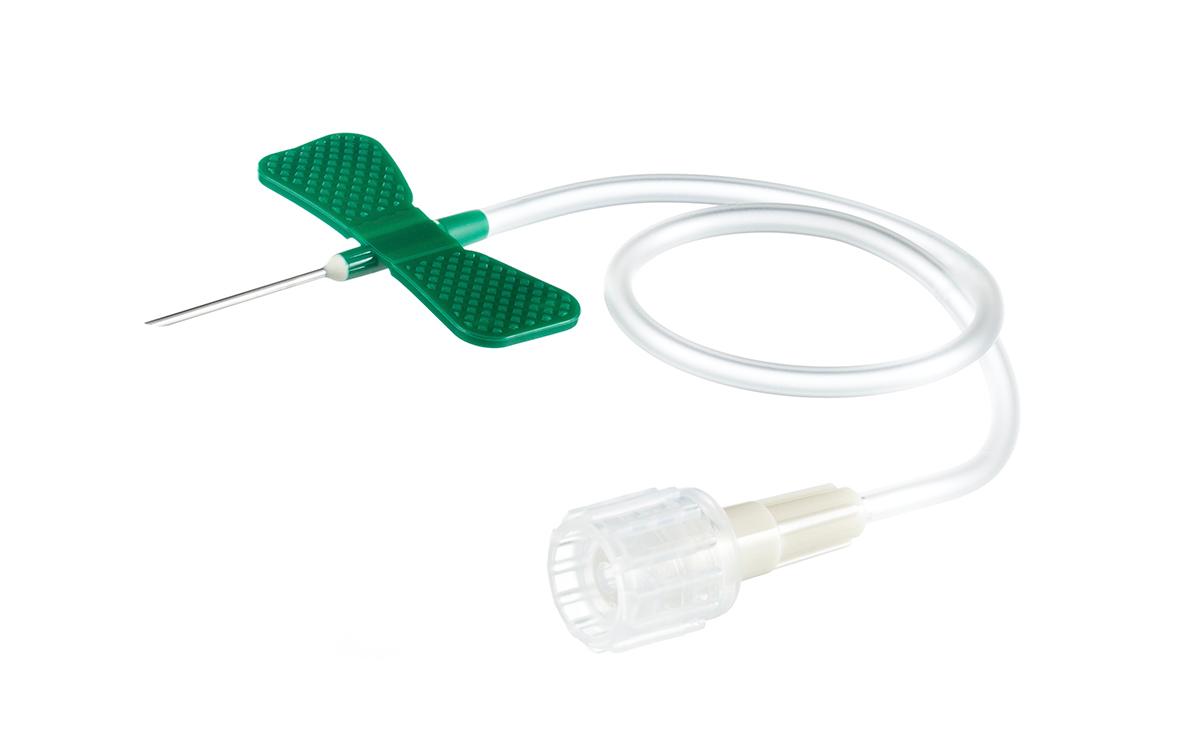Using a butterfly needle for collecting blood samples is one of the most accurate and efficient ways to obtain a sample. The unique design of this s, making it easier to draw up the required amount of blood. This article will explain some of the factors that can affect the quality and accuracy of blood samples collected with a butterfly needle.
Factors that Affect Sample Collection With Butterfly Needles
Several factors can affect the quality and accuracy of blood samples collected with a butterfly needle:
1) Skin preparation:
Proper skin preparation prior to insertion can help ensure proper adhesion between the skin and the needle, minimising potential trauma caused by improper insertion.

2) Venipuncture technique:
Proper venipuncture technique is essential to ensure successful collection without causing pain or discomfort to the patient.
3) Pressure applied during collection:
Applying too much pressure during collection can cause haemolysis (rupture) of red blood cells, resulting in inaccurate test results. Therefore, pressure should be carefully monitored when using butterfly needles to withdraw samples.
4) Choice of anticoagulant:
Different types of anticoagulants have different effects on blood samples collected, so it’s important to choose an appropriate anticoagulant depending on the type of test being performed.
5) Larger size needles:
Using larger needles instead of smaller ones may increase the risk of complications such as bleeding or hematoma formation at the injection site due to the increased resistance encountered when penetrating thicker layers of tissue.

6) Sample collection time:
A quick sample collection procedure with minimum time helps to minimize the chances of contamination and clotting, which could lead to incorrect test results.
7) Sterilisation techniques:
Great care must be taken while handling these needles, as they need to be thoroughly sterilized after each use. Otherwise, it may increase the risk of infection.
8) Storage conditions:
Storing these devices in a proper environment free from dust particles, moisture etc., would enhance their longevity.
Conclusion
In conclusion, several factors affect the quality and accuracy of blood samples taken with a butterfly needle. Understanding each factor and taking the necessary precautions can help to ensure accurate results and minimize any potential complications associated with improper use or storage.

